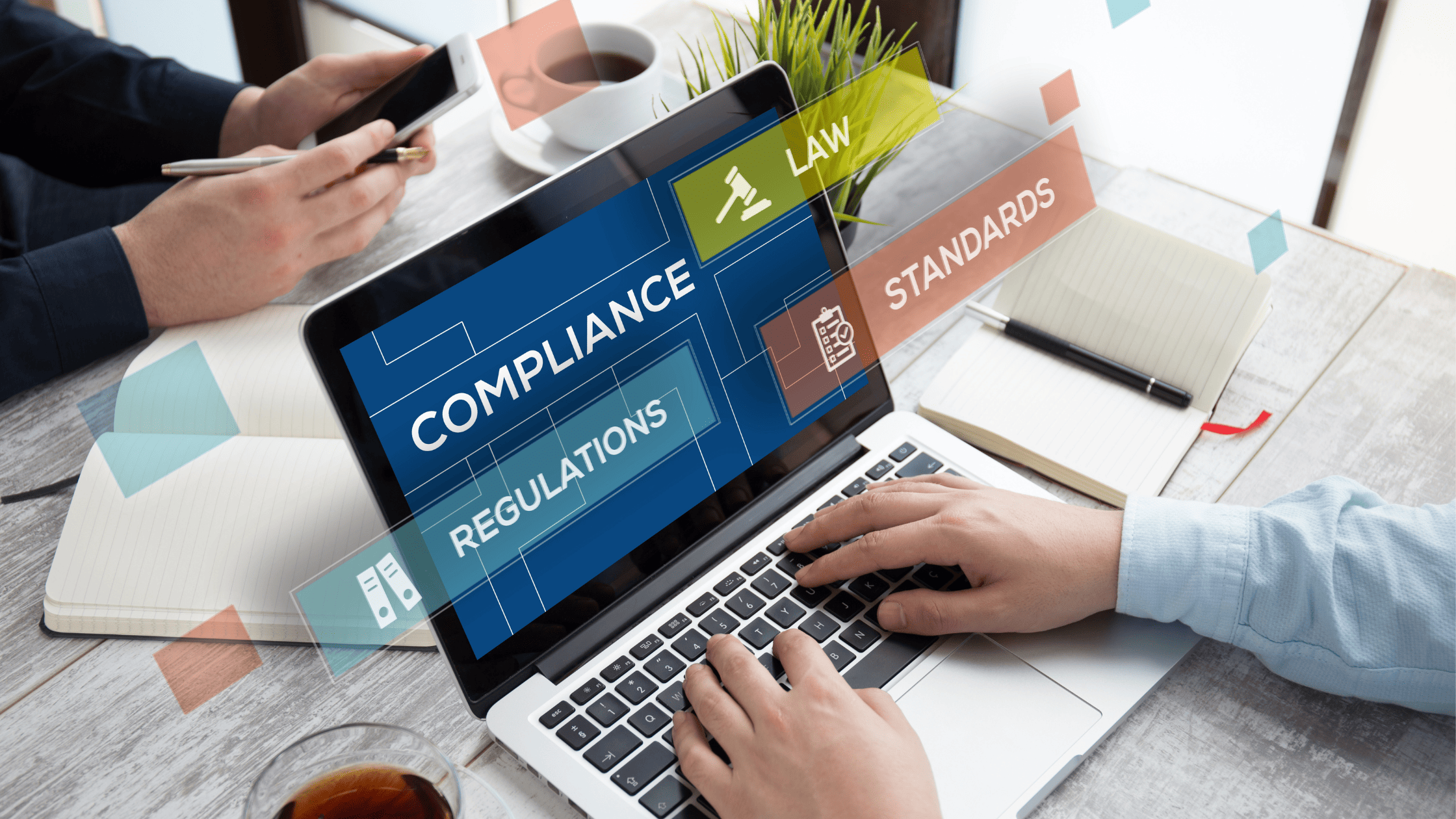Introduction:
The rise of remote work has become ever more prevalent in recent times, and organizations worldwide are embracing the benefits of a distributed workforce. However, with the flexibility and convenience of remote work comes the need for effective onboarding processes that prioritize compliance.
Ensuring compliance not only protects the company legally but also sets the foundation for a secure and productive remote work environment. In this blog, we will delve into key considerations and best practices for onboarding compliance when it comes to remote workers.
-
Understand Applicable Laws and Regulations:
Every country or region has its own set of laws and regulations regarding employment, data privacy, and security. Ensure that your onboarding process adheres to these laws to avoid any legal complications.
Familiarize yourself with the laws that apply to your remote workers, and develop policies accordingly. Seek the guidance of legal professionals, if needed, to ensure compliance.
-
Draft Comprehensive Remote Work Policies:
Develop clear and concise remote work policies to set expectations and guidelines for your remote workforce. Include sections covering data protection, confidentiality, intellectual property, code of conduct, and any other relevant areas.
Providing remote workers with well-defined policies helps foster a compliant and productive work environment.
-
Provide Secure Technology and Equipment:
Remote workers must have access to the necessary technology and equipment to perform their duties securely. This includes devices, software, and tools that meet the organization’s security standards.
Clearly outline the requirement for company-provided or approved hardware and software, including VPNs and encryption protocols, to ensure data security and compliance.
-
Implement Strong Authentication and Access Controls:
Verifying the identity of remote workers is crucial to safeguard company resources. Utilize multi-factor authentication (MFA) and access controls to secure remote access to systems and applications.
Regularly review and update access permissions based on the principle of least privilege. Additionally, monitor and log access activities to identify and mitigate any potential security threats.
-
Train Remote Workers on Data Privacy and Security:
Provide comprehensive training on data privacy and security best practices during the onboarding process. Educate remote workers about recognized threat vectors, phishing scams, password hygiene, safe browsing habits, and incident reporting procedures.
Encourage them to follow secure practices when handling sensitive data or sharing it externally.
-
Maintain Regular Communication Channels:
Remote workers should have channels for consistent communication with managers, HR, and IT support. Establish clear lines of communication to address compliance-related concerns, questions, or incidents promptly.
Regular check-ins, team meetings, and virtual collaboration tools help foster a sense of inclusion, productivity, and accountability.
-
Conduct Periodic Compliance Audits:
Regularly review and audit compliance processes within your organization. This ensures that all remote workers adhere to established policies and procedures. Audits may include checking device security configurations, reviewing access logs, evaluating data protection measures, and assessing compliance with relevant regulations.
These audits help identify any gaps in compliance and facilitate continuous improvement.
Conclusion:
Ensuring compliance for remote workers during the onboarding process is vital for building a strong foundation in the remote work environment.
By understanding applicable laws, developing comprehensive policies, providing secure technology, implementing strong authentication controls, training workers on data privacy and security, maintaining open communication channels, and conducting periodic compliance audits, organizations can foster a compliant and secure remote work environment.
The key takeaway is that compliance is an ongoing process that requires attention and adaptation to changing regulations and technology.
By prioritizing compliance during the onboarding process, companies can lay the groundwork for a successful remote work program that not only protects their interests but also supports the productivity and well-being of their remote workforce.



